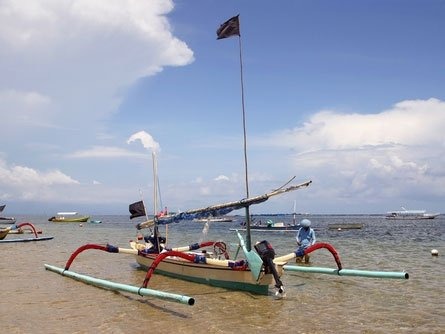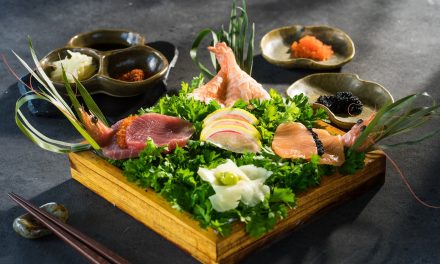When you think of Bali, images of beautiful beaches, lush rice terraces, and vibrant markets often come to mind. But tucked away in the heart of the island is Ubud, a cultural hub that offers something truly unique — traditional Balinese dance. If you’re a tourist looking to immerse yourself in the rich tapestry of Balinese culture, Ubud’s traditional dance performances are a must-see. I remember my first encounter with a traditional dance in Ubud vividly. The sun was setting, casting a warm golden hue over the sky, as I walked into one of Ubud’s open-air pavilions. The air was filled with anticipation, the colorful costumes sparkling under the soft lights, and the distinct sounds of gamelan music resonated deeply in my chest. I had no idea what to expect, but I knew I was about to witness something magical.
The Essence of Balinese Dance
Traditional Balinese dance is more than just a performance; it’s a storytelling art form that combines intricate movements, expressive facial expressions, and captivating music. Each dance has a specific meaning, often derived from ancient Hindu epics like the Ramayana and Mahabharata. For instance, the “Legong” dance features young girls elegantly portraying the story of a prince and a princess, showcasing grace and poise through their delicate movements.
Why Ubud?
Ubud, with its rich cultural heritage, is known as the epicenter of traditional arts in Bali. The town’s commitment to preserving its traditions makes it a prime location for tourists interested in experiencing authentic Balinese culture. Many local temples and cultural venues host regular dance performances, providing an excellent opportunity for visitors.
A Personal Anecdote
During my trip, I took a seat at the Ubud Palace, a beautiful venue that dates back to the 19th century. The audience was a mix of locals and tourists, and as the dance began, I found myself mesmerized. The dancers, adorned in vibrant costumes adorned with gold and bright colors, moved with such precision and confidence. It was an embodiment of strength and femininity, and I felt a deep connection to the culture as they conveyed stories that resonated through generations.
As I watched, I chatted with a fellow traveler who had visited Bali multiple times. She told me, “Every time I see a traditional dance here, it feels like discovering a new layer of Balinese culture. The stories, the movements — they all tell a different tale.” This sentiment echoed through the audience, creating a shared experience that was both intimate and enlightening.
Types of Traditional Dances to Experience
There are several types of traditional dances that you can witness in Ubud, each offering a unique glimpse into Balinese culture:
– Kecak Dance: Known as the monkey dance, this captivating performance features a large group of men chanting in unison, creating an ethereal atmosphere. It’s often performed at sunset, making it a breathtaking experience.
– Barong Dance: This is a playful dance that tells the story of the eternal battle between good and evil. The Barong, a lion-like creature, symbolizes goodness, and the performers’ vibrant costumes bring the story to life.
– Legong Dance: As previously mentioned, this court dance is characterized by intricate finger movements and expressive facial gestures. The young girls performing are often selected for their grace, showcasing the beauty of youth and tradition.
Practical Advice for Tourists
1. Timing is Key: Performances often start in the late afternoon or early evening. Arriving early allows you to find good seats and snap a few photos before the show begins.
2. Dress Code: While there’s no strict dress code, it’s respectful to wear modest clothing. If you visit a temple, a sarong and sash may be required, which can often be rented on-site.
3. Engage with the Culture: Don’t hesitate to ask questions or speak with locals. Many performers are happy to share the stories behind the dances, enhancing your understanding and appreciation.
4. Capture the Moment, Respectfully: Feel free to take photos, but remember that some performances may have rules against flash photography or recordings. Always respect these guidelines.
5. Explore Beyond the Dance: Take some time to visit local art galleries, markets, and workshops. Ubud is brimming with creativity, from handmade crafts to art installations, all reflecting the rich culture of Bali.
Conclusion
Experiencing Ubud’s traditional dance is not just about watching an art form; it’s about connecting with the heart of Balinese culture. Whether you’re captivated by the storytelling, entranced by the music, or simply enjoying the communal atmosphere, these performances offer a unique window into a world that is both ancient and alive.As I left the pavilion that evening, I felt a sense of fulfillment and gratitude. I had not only witnessed a beautiful performance but had also gained a deeper appreciation for the customs that make Bali such a fascinating destination. If you find yourself in Ubud, make sure to immerse yourself in this vibrant cultural experience — your travels will be all the richer for it!






